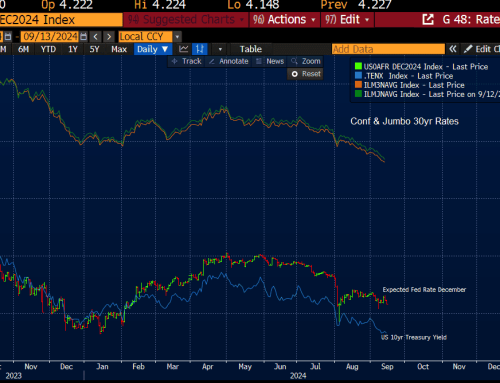The Federal Reserve (Fed) has recently taken a bold step by raising interest rates in response to growing inflation and an overheating economy. However, this move comes at a time when the financial sector is grappling with a series of bank failures, causing concerns about the potential ripple effects on the overall economy. In this blog post, we will explore the rationale behind the Fed’s decision, the implications of bank failures, and the potential consequences for the broader financial system.
Understanding the Fed’s Decision
The Fed raises interest rates primarily to slow down inflation and stabilize the economy. Over the past few years, the U.S. has experienced rapid growth, leading to increased consumer spending and a tight labor market. While these factors have contributed to a thriving economy, they have also generated inflationary pressures. To mitigate this trend, the Fed has decided to gradually increase interest rates in an effort to cool down the economy and maintain long-term stability.
The Bank Failures
Simultaneously, the financial sector has witnessed a series of bank failures, which can be attributed to various factors, including:
Poor risk management: Some banks have taken on excessive risk, often in the form of high-yield, low-quality loans. When borrowers default, the banks suffer substantial losses, leading to their eventual failure.
Regulatory changes: Stricter regulations have put pressure on smaller banks that struggle to adapt, leading to consolidation or failure.
Consequences of the Fed’s Decision Amid Bank Failures
The Fed’s decision to raise interest rates can have both positive and negative consequences:
Positive effects: Higher interest rates can lead to more conservative lending practices, reducing the likelihood of bank failures. Additionally, the rate increase can help curb inflation and promote long-term economic stability.
Negative effects: Increasing interest rates can strain already struggling banks, as their borrowing costs rise and their interest income declines. Moreover, higher rates can exacerbate the challenges faced by borrowers, increasing default rates and potentially leading to more bank failures.
Navigating the Turbulent Waters
The Fed’s decision to raise interest rates amid bank failures presents a delicate balancing act. Policymakers must weigh the benefits of stabilizing inflation against the potential risks of exacerbating the financial sector’s vulnerability. To navigate these turbulent waters, the Fed should consider the following strategies:
Gradual and transparent rate increases: By raising rates slowly and communicating its intentions clearly, the Fed can minimize market disruptions and give banks time to adjust.
Enhanced oversight and regulation: Strengthening the regulatory framework and enhancing oversight can help prevent future bank failures by ensuring that institutions are adhering to sound risk management practices.
Support for struggling banks: Policymakers can consider targeted assistance to banks that are struggling due to higher interest rates, while also ensuring that moral hazard is minimized.
Conclusion
The Fed’s decision to raise interest rates amid bank failures is a challenging but necessary move in response to growing inflationary pressures. By carefully considering the potential consequences and implementing supportive measures, the Fed can help ensure the long-term stability of the financial system while addressing the risks associated with bank failures.







